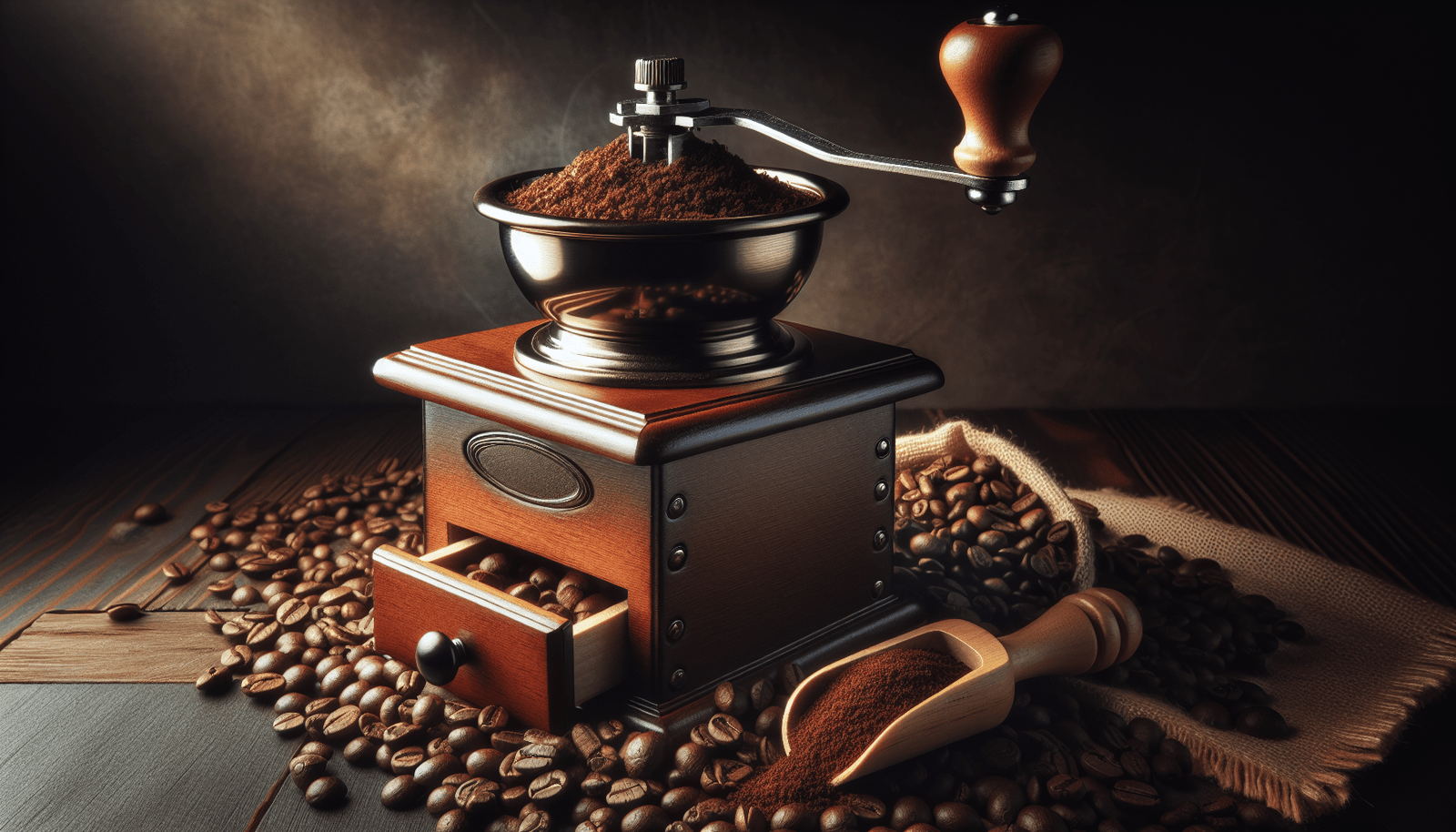Your morning cup of coffee is not just about the type of beans or the brewing method; the grind size plays a crucial role in determining the overall taste of your favorite beverage. The grind size refers to the coarseness or fineness of the coffee grounds, which can greatly impact the flavor extraction during brewing. From bold and robust to delicate and nuanced, the grind size directly influences the strength and complexity of your coffee. Whether you prefer a smooth and mellow cup or a rich and vibrant one, understanding how the grind size affects the taste of single grind coffee is key to unlocking your perfect brew.
Effects of Grind Size on Coffee Taste
1. Introduction
When it comes to brewing the perfect cup of coffee, many factors come into play. One of the most critical elements is the grind size. The grind size refers to the coarseness or fineness of the coffee grounds, and it plays a significant role in the extraction process. In this article, we will explore how grind size affects the taste of your coffee and the various factors that influence extraction.
2. Understanding Grind Size
Before delving into the effects of grind size on coffee taste, it is essential to have a clear understanding of what grind size means. Grind size refers to how finely or coarsely the coffee beans are ground. A coarse grind will have larger particles, while a fine grind will have smaller particles. The size of the coffee grounds has a direct impact on the extraction process, primarily influencing the rate at which water interacts with the coffee.
3. Impact of Grind Size on Extraction
The grind size has a significant impact on the extraction process. Extraction refers to the process by which water extracts the flavors from the coffee grounds. The extraction rate is influenced by the surface area of the coffee grounds exposed to water. A finer grind size increases the surface area, leading to a faster extraction rate, while a coarser grind size reduces the surface area, resulting in a slower extraction rate.
4. Factors Affecting Extraction
Several factors can influence the extraction process, working in conjunction with the grind size. Water temperature, contact time, and pressure are just a few examples. The grind size acts as a crucial variable in this equation, as it determines the rate at which water interacts with the coffee. It is important to note that extraction is a delicate balance, and finding the right grind size for your brewing method is crucial in achieving the desired flavor profile.
5. Brewing Methods and Grind Size
Different brewing methods call for different grind sizes to achieve the optimal extraction. For example, a French press requires a coarser grind size, as the coffee sits in contact with the water for an extended period. On the other hand, an espresso machine necessitates a fine grind size, as the water flows through the coffee quickly. Understanding the brewing method you are using will help determine the appropriate grind size and, ultimately, the resulting taste of your coffee.
6. Coarse Grind Size
A coarse grind size is typically used for brewing methods such as a French press or a cold brew. The larger particles allow for a slower extraction, resulting in a rich and full-bodied cup of coffee. Coarse grinds tend to impart a less intense flavor and produce a milder brew. However, it is crucial to note that a grind that is too coarse may yield under-extracted coffee, lacking flavor and complexity.
7. Medium Grind Size
A medium grind size is often used for brewing methods like drip brewing or pour-over. This grind size strikes a balance between the coarse and fine extremes, allowing for a moderate extraction rate. The medium grind produces a well-rounded and flavorful cup of coffee, capturing both the subtle nuances and robustness of the beans. It is a versatile grind size that can be used for various brewing methods, making it a popular choice among coffee enthusiasts.
8. Fine Grind Size
A fine grind size is typically used for espresso machines, as the water needs to quickly pass through the coffee to create a concentrated shot. The small particles of a fine grind allow for a rapid extraction, resulting in a bold and intense flavor profile. However, using a fine grind size for methods that require a longer contact time can lead to over-extraction, resulting in a bitter and harsh taste.
9. Consistency of Grind Size
In addition to selecting the appropriate grind size for your brewing method, consistency is another crucial factor. Consistency refers to the uniformity of the grind size throughout the coffee grounds. Uneven grind sizes can lead to uneven extraction, resulting in an inconsistent taste. Investing in a quality grinder and paying attention to the grind size distribution can help ensure a consistent extraction and flavor profile.
10. Time and Extraction Efficiency
The grind size also affects the extraction time and efficiency. A finer grind size will generally lead to a quicker extraction, as the smaller particles have a larger surface area exposed to water. This can be advantageous when brewing a single cup of coffee, as it reduces the brewing time. However, it is essential to maintain a balance, as a too-fast extraction can result in over-extraction and bitterness.
Conclusion
Grind size plays a significant role in the taste of your coffee. By understanding the impact of grind size on extraction, considering the factors affecting extraction, and selecting the appropriate grind size for your brewing method, you can achieve the desired flavor profile in your cup of coffee. Experimenting with different grind sizes and paying attention to consistency will further enhance your coffee brewing experience. So, the next time you reach for your coffee grinder, remember that the grind size is a key ingredient in unlocking the perfect cup of coffee.




